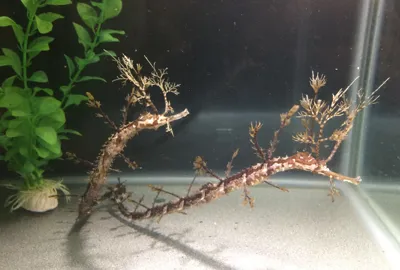- SEA LIFE, Seahorse Nursery
These curious group of creatures all belong to the Syngnathidae family.
As members of the same family, they share some interesting traits; Their jaws are fused to form a straw-like snout, instead of scales they have thin skin stretched over a series of bony plates and they are slow swimmers.
Perhaps the coolest thing about this group is that the males brood their babies! A male Seahorse has a brooding pouch on its belly into which a female can place her eggs. After a few weeks when the babies are ready, the male Seahorse gives birth. He rocks back and forth like a rocking-horse whilst the tiny baby seahorses pop out from a small hole in his tummy.
You can discover these amazing creatures as you journey into our ‘Seahorse Nursery’ during your visit. Scroll down to read more!
Seahorses
Pygmy Seahorses are as tiny as your little fingernail, but Big-belly Seahorses will be even bigger than your hand!
Their Ancient Greek name is Hippocampus, which means ‘horse sea monster’. But we don't think our seahorses are monsters at all!
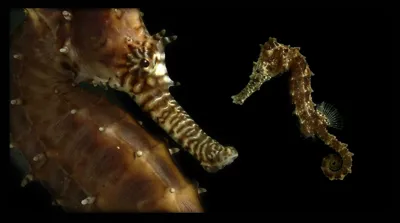
WOW Facts!
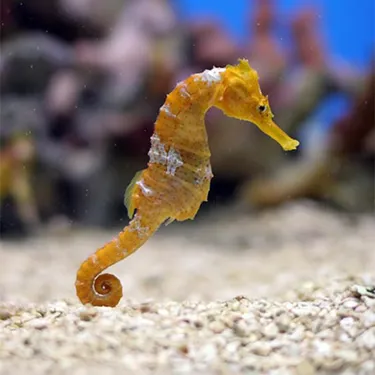
There are over 40 species!
You can find seahorses in oceans all over the world! Some live on coral reefs, others amongst mangrove roots and many live in seagrass meadows.
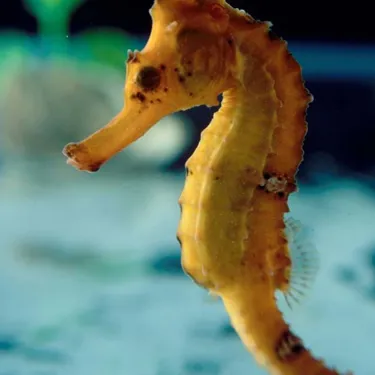
Did you know?
To swim, seahorses beat their dorsal fin 30-70 times a second!
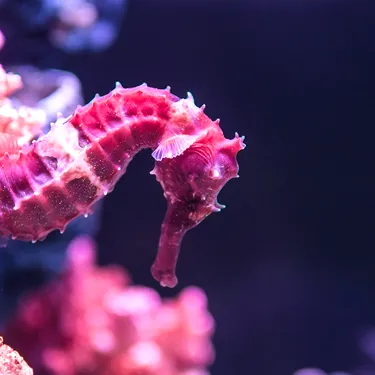
I sea you...
Seahorse eyes can move independently of each other to help them spot food!
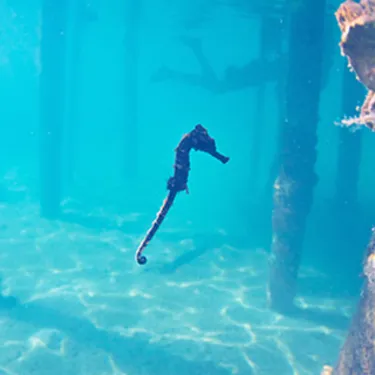
Seahorse tails are prehensile
Which means they can use them to grip things like a monkey's tail! Seahorses hang onto seagrass or coral so they don't get swept away in the current.
Pipefish
Pipefish are masters of disguise; their slim, elegant bodies look just like the seagrasses and seaweeds in which they live.
Like Seahorses and Seadragons they prey on tiny plankton which they suck up food through their straw-like snouts at lightening speed. Look for the tell-tale puff of shredded shell from their gills when they've just caught a tasty morsel!
